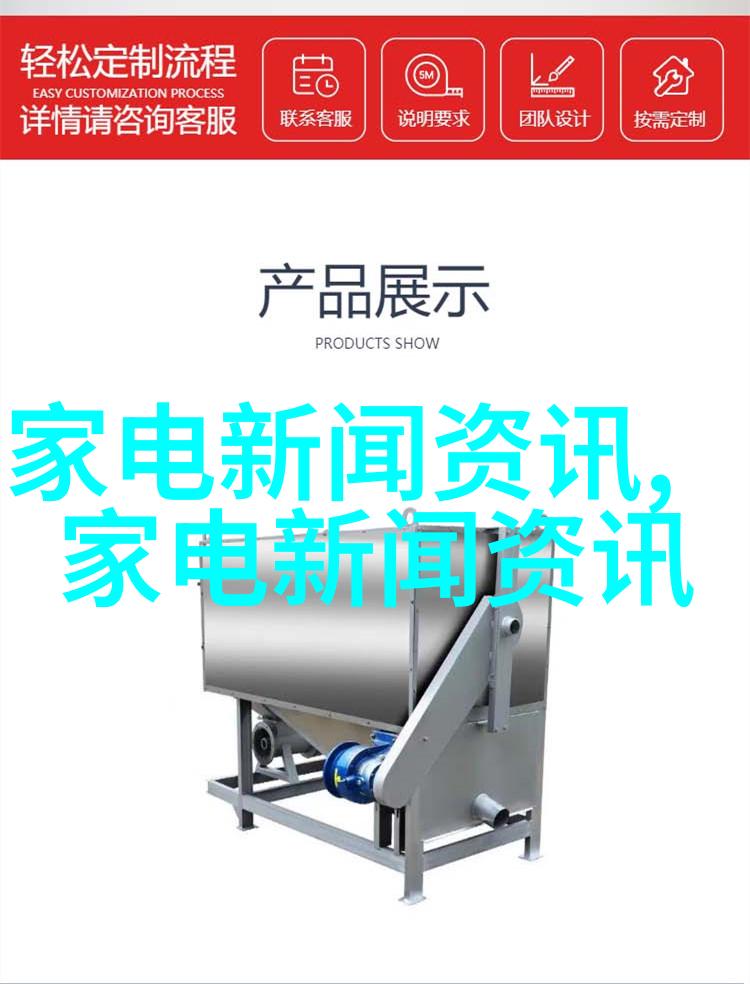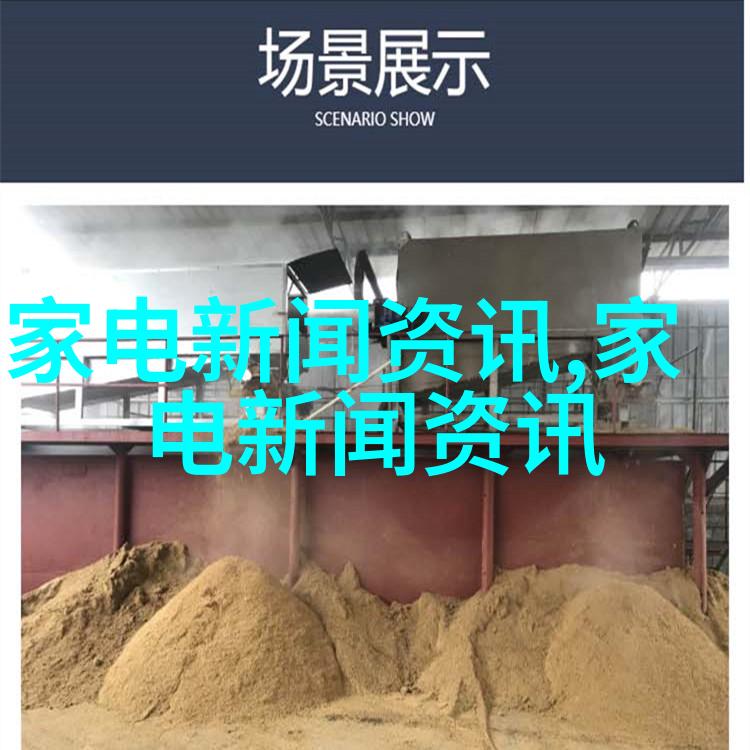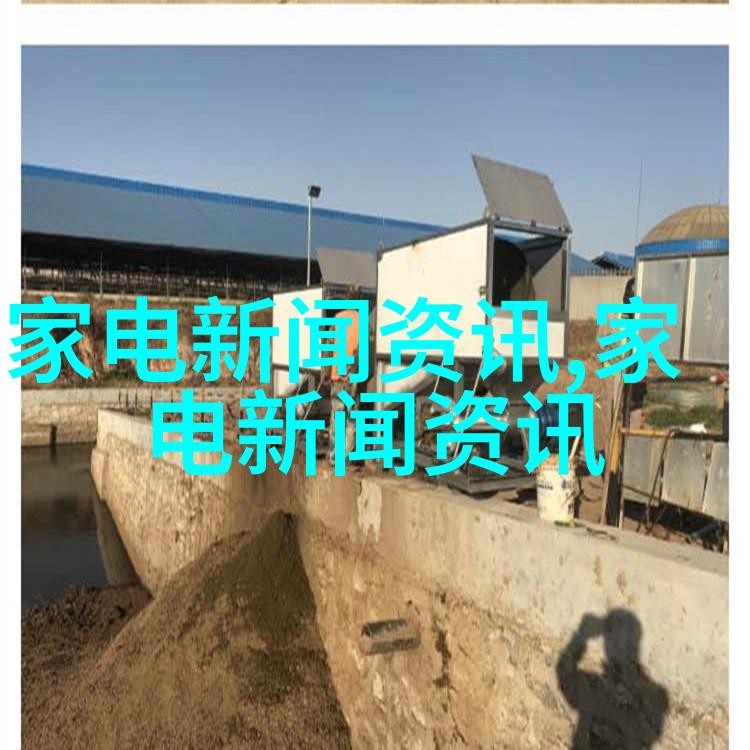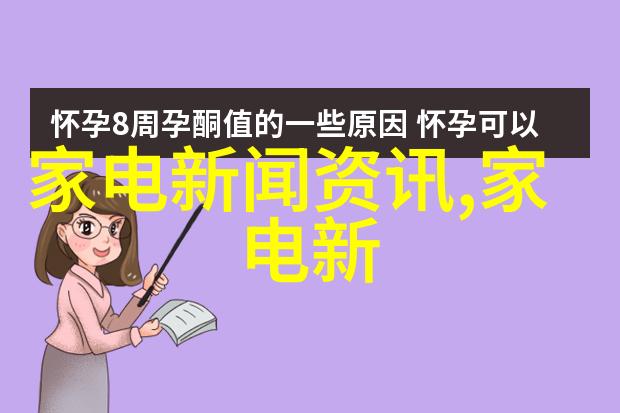工业脱水机概述

工业脱水机是一种利用压力差来实现物质从液态到气态转化的设备。它广泛应用于食品、药品、化工等行业,用于去除产品中的水分,以提高产品质量和延长保质期。随着技术的发展,工业脱水机已成为现代工业生产中不可或缺的一部分。
工作原理

工业脱水机通常采用旋转蒸发器或者多效真空蒸发器等设计,它们通过将湿物料放置在一个受热且处于低压环境中的空间中,使得物料内部的水分能够更容易地变为汽体,并通过管道排出设备外部。整个过程是基于达西定律,即在恒温下,同一温度下的任何两个相平衡状态之间存在一个固定的换热量。
应用领域

Industrial dehydration machines have wide applications in various industries, including food processing, pharmaceutical manufacturing, and chemical production.
技术参数

Industrial dehydration machines come with different technical parameters depending on the specific application and requirements of the industry they serve. Some common parameters include evaporation rate, temperature range, vacuum level, and material compatibility.
安全与维护

The safe operation and maintenance of industrial dehydration machines are crucial to ensure optimal performance and extend their lifespan. Regular cleaning of heat exchangers, monitoring of operating conditions, and proper training for operators can help prevent accidents and ensure smooth running of the equipment.
未来的发展趋势
As technology continues to advance, industrial dehydration machines are expected to become more efficient and environmentally friendly in the future. Energy-saving designs such as condensation reuse systems will be implemented to reduce energy consumption while maintaining or even improving efficiency levels.
结语
In conclusion, industrial dehydration machines play a vital role in many industries by removing water from products through evaporation under controlled pressure conditions at high temperatures within a vacuum environment using rotating evaporators or multi-effect vacuum evaporators designed for this purpose alone based on certain principles that govern fluid flow between two states where it is known that an equilibrium state exists when there is no net change in entropy over time during which both substances remain at constant pressure but allow exchange heat between them without any work done by external forces acting upon one substance relative to other substance until equilibrium condition has been reached then we say "the system is fully saturated" because all molecules have reached maximum possible speed allowed by given set of constraints imposed upon them; however if you were able to increase temperature further beyond its boiling point then some additional amount could be removed from liquid phase but not enough so it would still remain partially saturated meaning some portion remains as vapor above liquid surface (which is why I said "partially saturated") since now both phases coexist together inside container due lack sufficient volume space needed for complete separation process otherwise called distillation process - where only pure water vapor goes up into separate compartment leaving behind impurities trapped below bottom layer; once this happens you've achieved your goal which was purification hence why people use these devices



